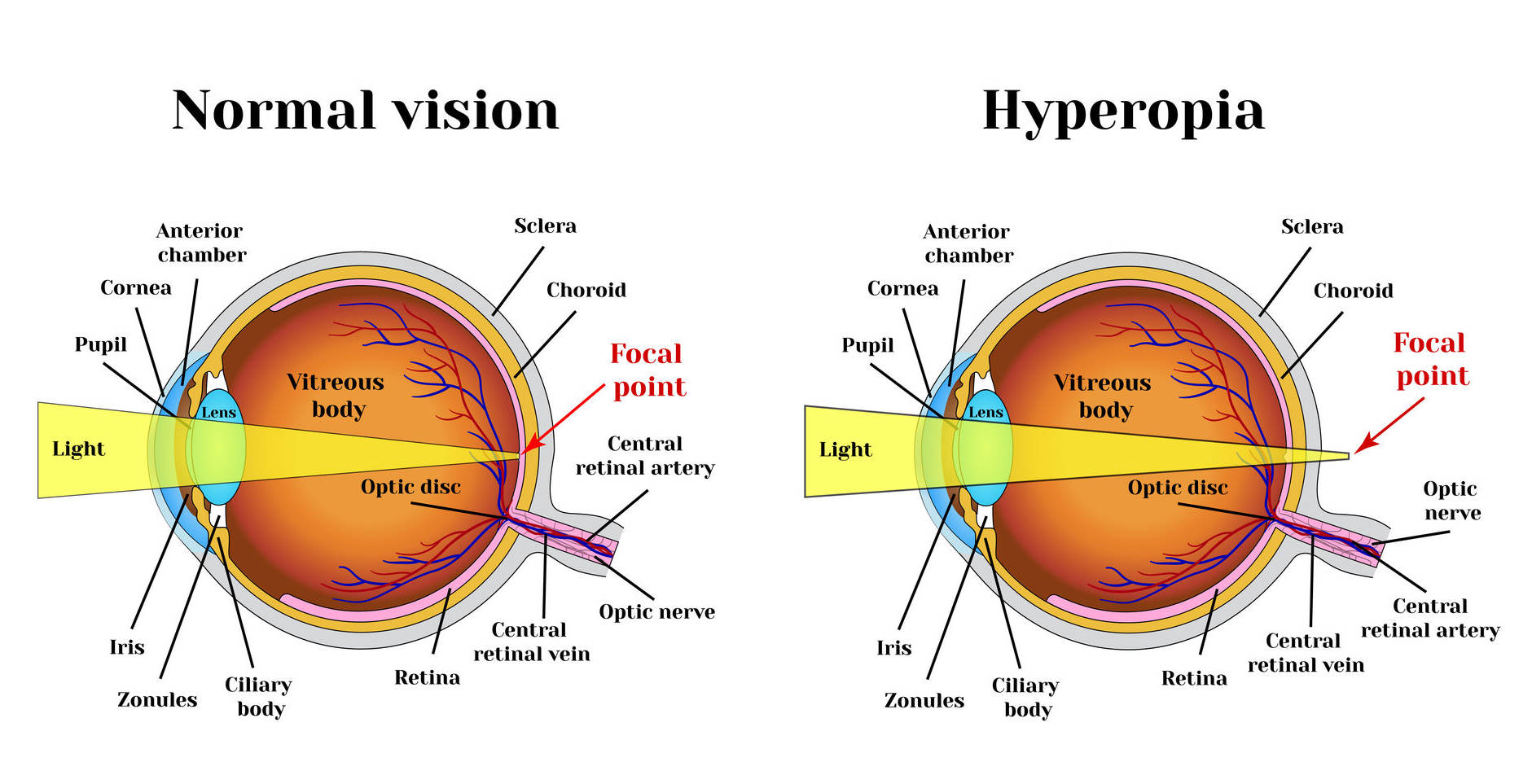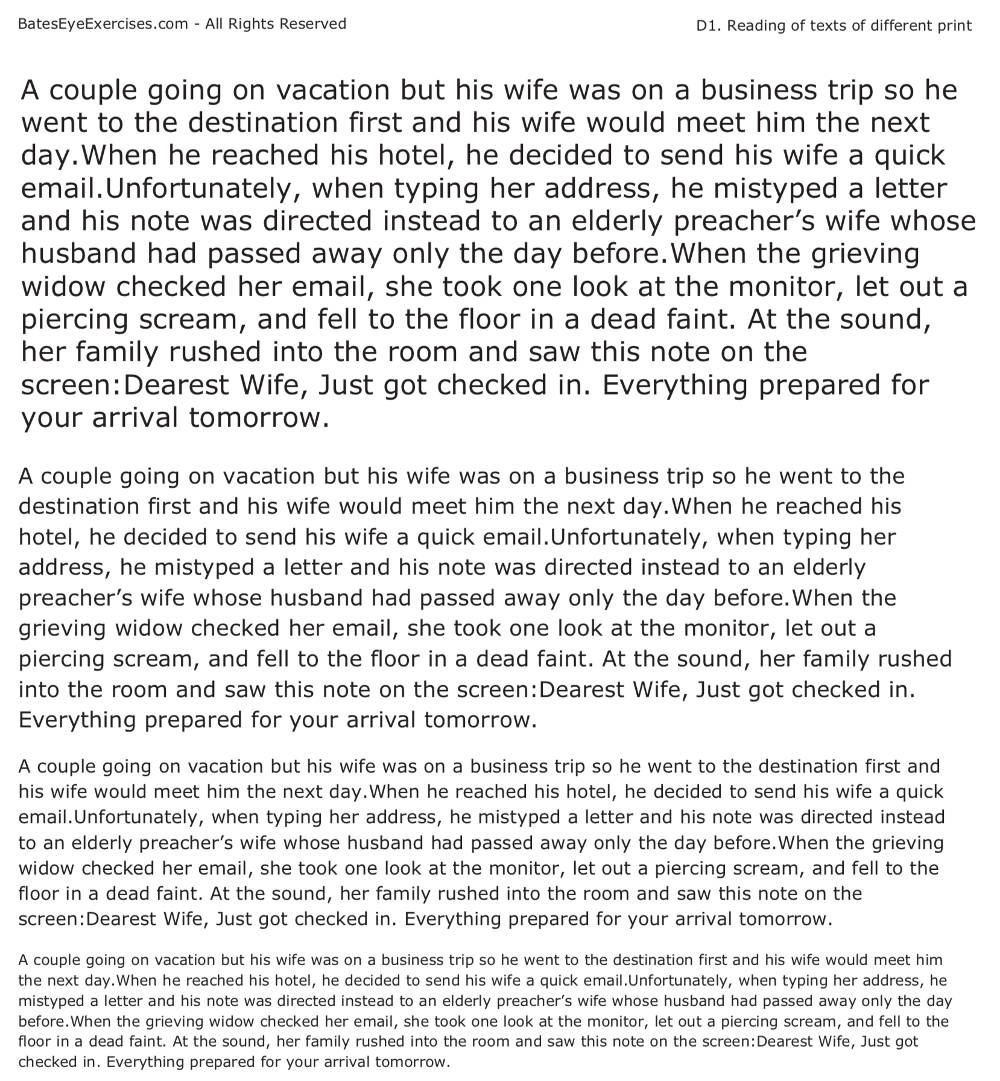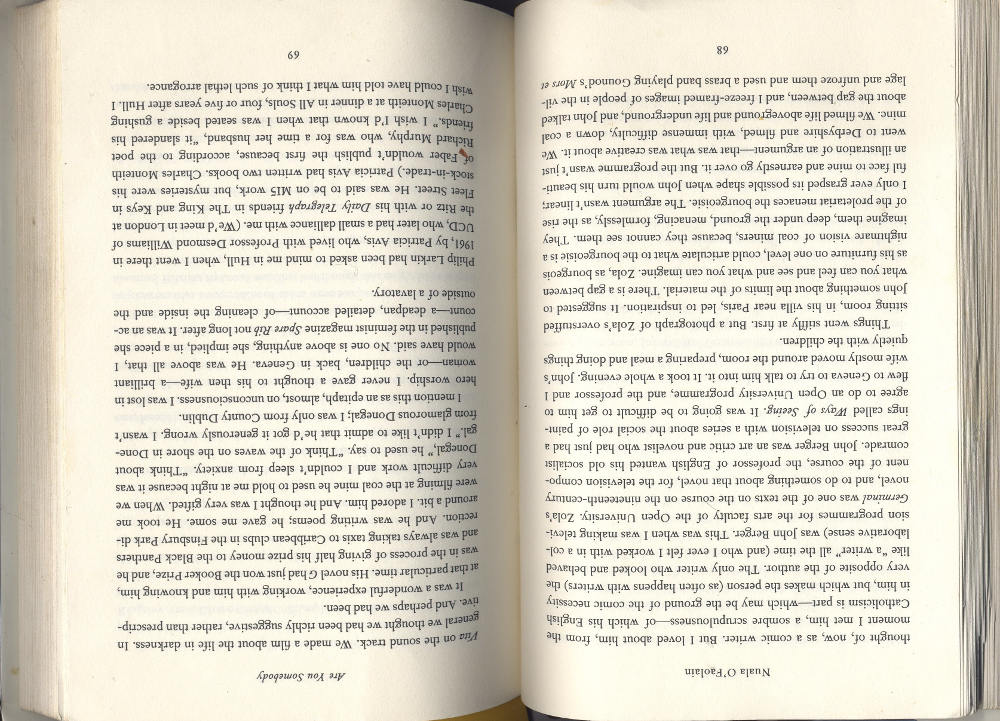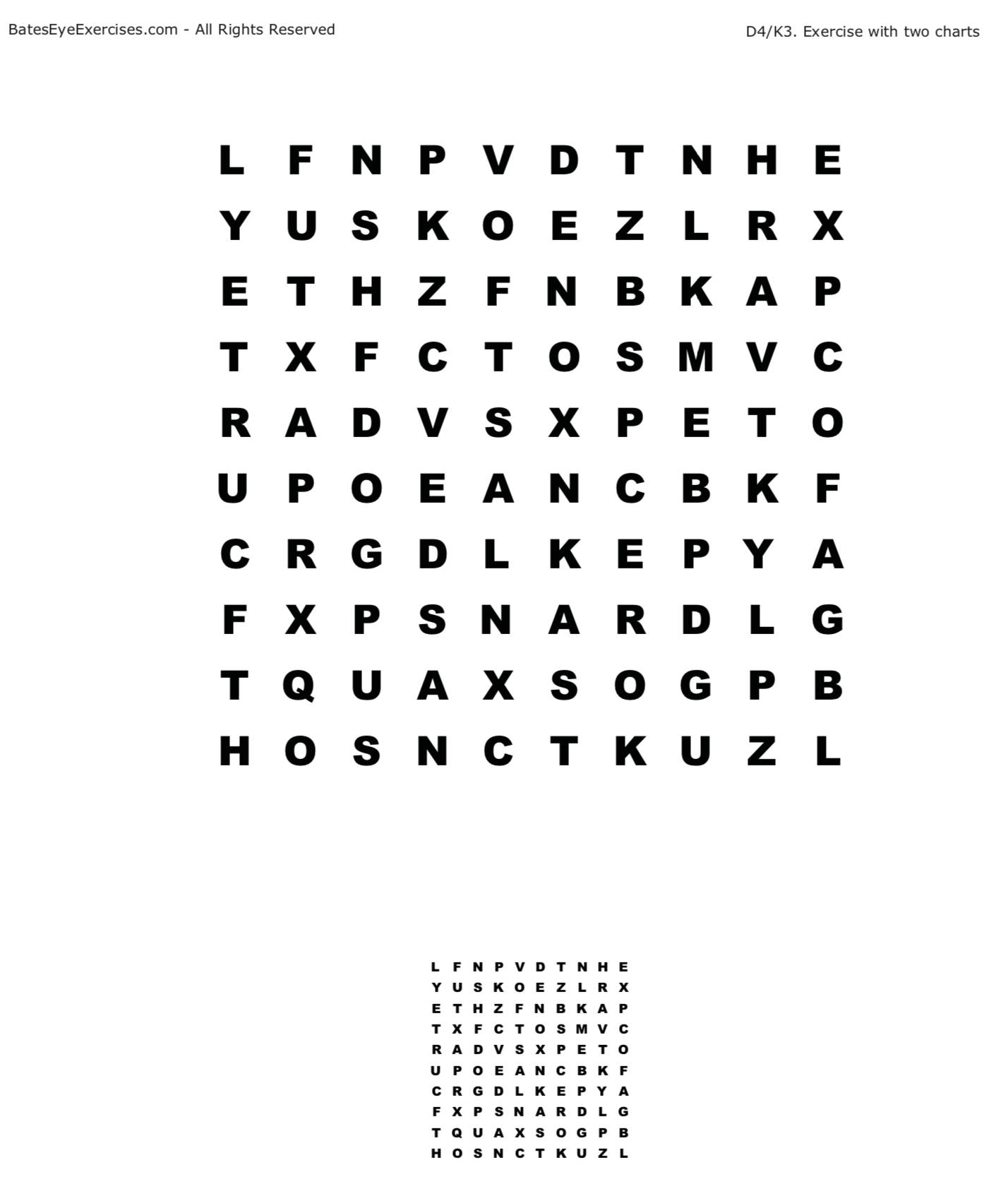Presbyopia, or age-related farsightedness, as the name suggests, is one of the side effects of the overall aging of the body and the progressive deterioration of all human organs' functioning. It commonly appears in people over the age of 40. The condition worsens until the age of 60-65, when it stabilizes. Symptoms are the same as with hyperopia, meaning difficulty in clearly seeing objects close to the eyes. However, the underlying cause of presbyopia is different from the previously discussed farsightedness.
You can find more information about this defect here
On the other hand, a significant number of elderly people, who don't report the need to wear glasses, contradict the theory of inevitable vision deterioration with advancing age. Although it's hard to deny the fact that the eye lens becomes more rigid and cloudy with age, and the condition of the eye muscles worsens, it should be noted that Dr. Bates' method techniques offer an effective remedy for these unfavorable changes.
In presbyopia, we perform the same exercises as for farsightedness (available below).



